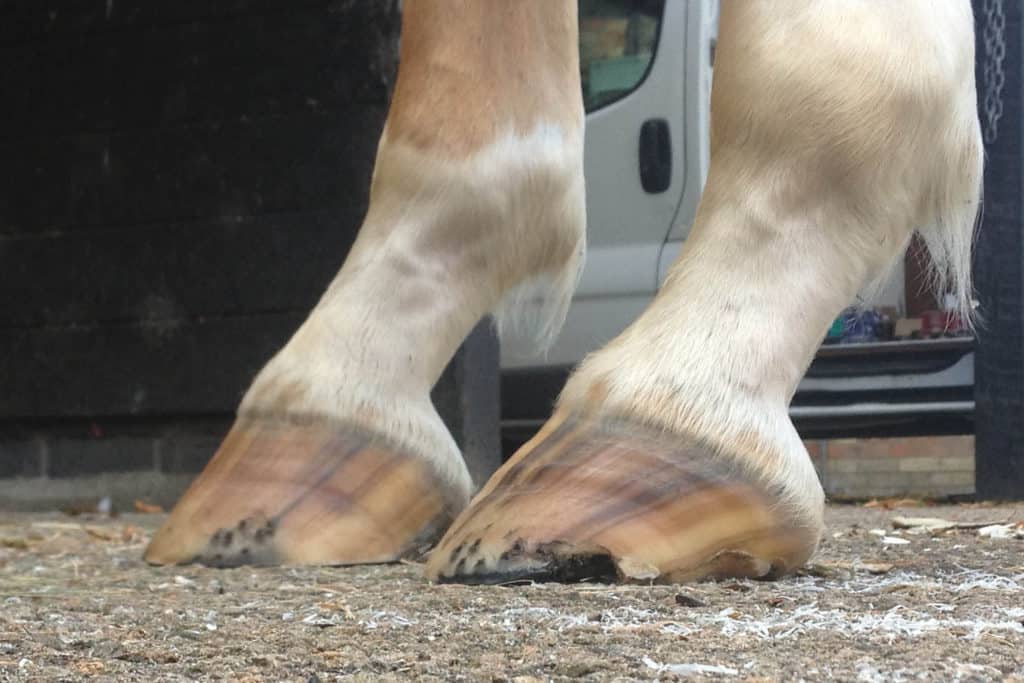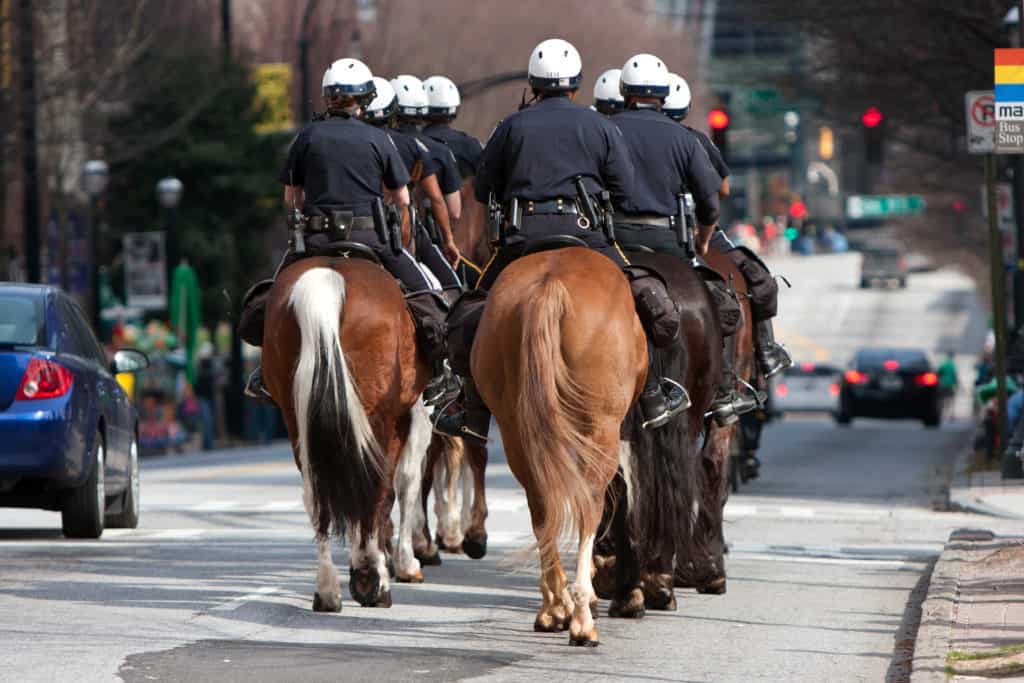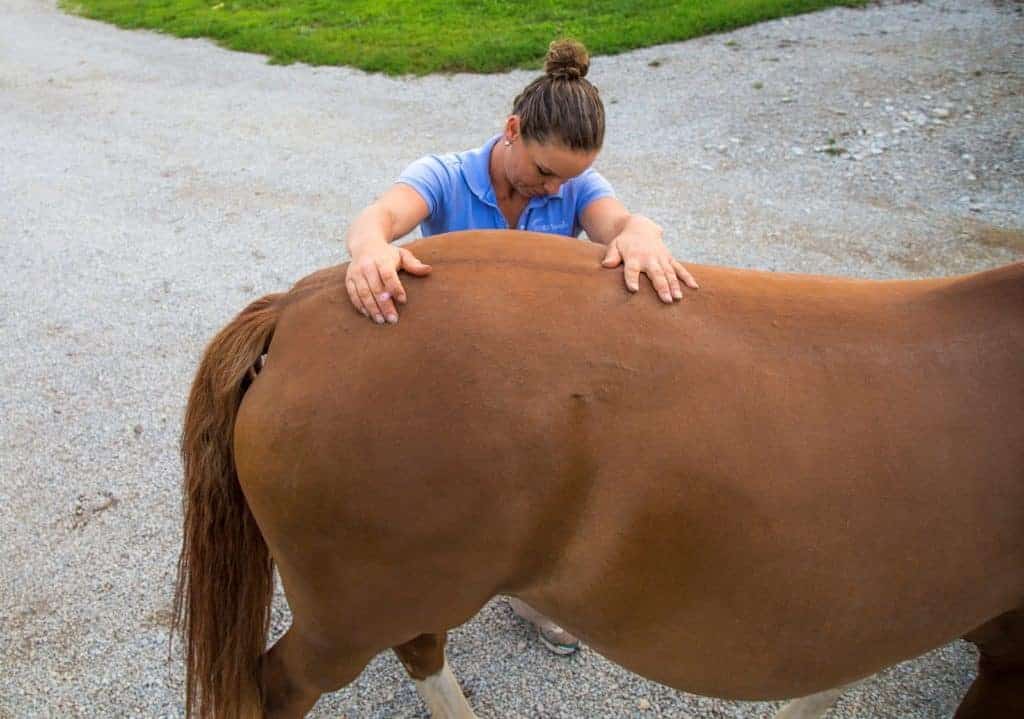
UC Davis Heumphreus Lecture Taking Place Feb. 16
Tim Shannon, CJF, APF, AWCF, and G. Marvin Beeman, DVM, will present on anatomy, form, and function from the perspectives of the farrier and veterinarian.

Tim Shannon, CJF, APF, AWCF, and G. Marvin Beeman, DVM, will present on anatomy, form, and function from the perspectives of the farrier and veterinarian.

Having a winter hoof care plan in place ahead of time can help eliminate worries during the deep freeze.

While surgery alone can improve septic navicular bursitis prognoses, recent study results suggest outcomes can be even better if surgery is combined with antimicrobials and therapeutic shoeing.

Texas-based farrier David Gilliam hopes his new nonprofit, Equine Soundness Professionals, will help improve horse health by promoting increased collaboration between farriers and veterinarians.

Hoof capsule distortions associated with hoof imbalance typically aren’t severe, they can affect horses’ comfort and be challenging for owners and their farriers to manage.

Given the link between the external shape of the hoof capsule and its internal function, trimming and shoeing should optimize functionality and ultimately reduce stress, both to prevent injury and to treat established pathology, one veterinarian says.

Some effects of the shoeing strategies farriers use to correct low heels in horses can actually be detrimental in the long run. Here’s how one farrier recommends correcting this frustrating lameness cause.

The theory is that when the polyurethane pour-in packing absorbs the shock from the hoof impacting the ground, it prevents it from traveling further up the musculoskeletal system, where it could cause wear and tear injuries.

Members of the Royal Veterinary College’s Structure and Motion groups highlight the need for further farriery research in the Equine Veterinary Journal editorial.

A custom-fitted thermoplastic glue-on shoe, designed to support the frog, made study ponies at-risk for laminitis more comfortable within three days, researchers said.

German researchers found hoof angle changes affect horses differently and might create new problems.

Dr. Debra Taylor describes the visual exam of a healthy hoof and how horses’ feet can change in response to external factors.

Instead of causing foot pain directly, rear hoof imbalances seem to cause more problems higher up the leg—to the hocks, stifles, glutes, and sacroiliac joint, one vet says.

The course is designed to educate farriers about producing original research, increase the evidence-base behind farriery, and enhance equine welfare.

Fatal injuries in North American flat racing horses has decreased by 23%, but there’s still work to be done.

Learn about keeping OTTBs healthy and happy as they move into new disciplines. We’ll cover feeding, vet care, handling, and more!
Stay on top of the most recent Horse Health news with
"*" indicates required fields